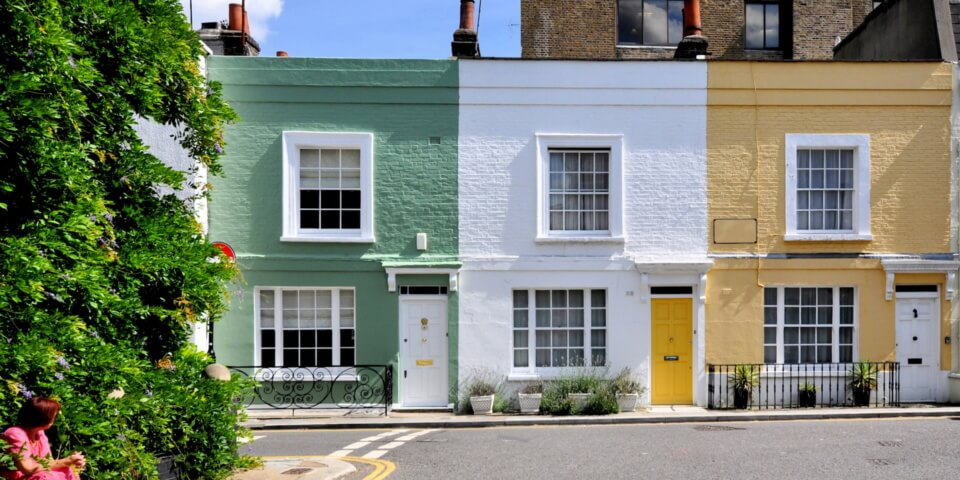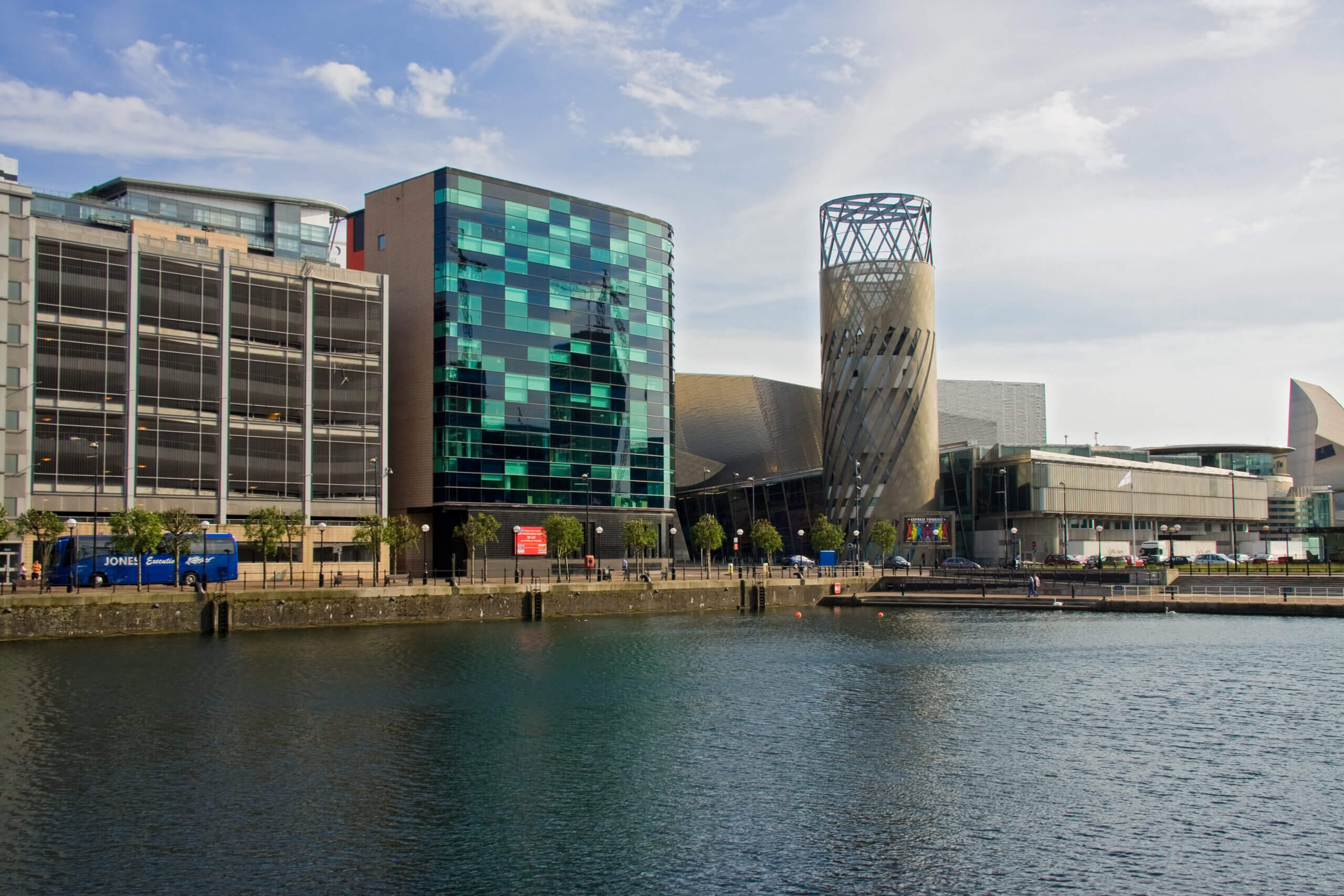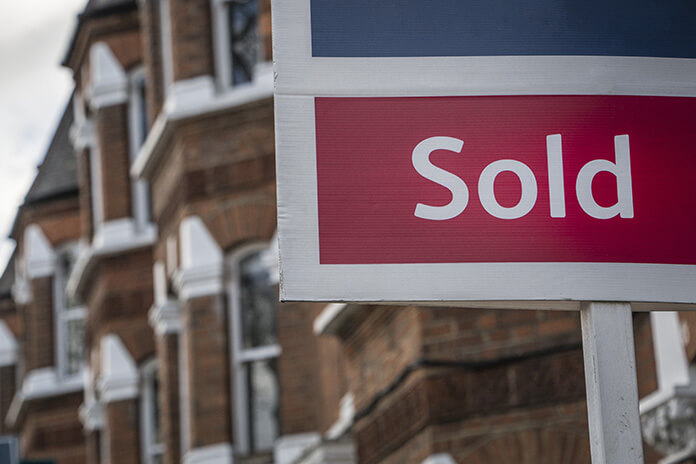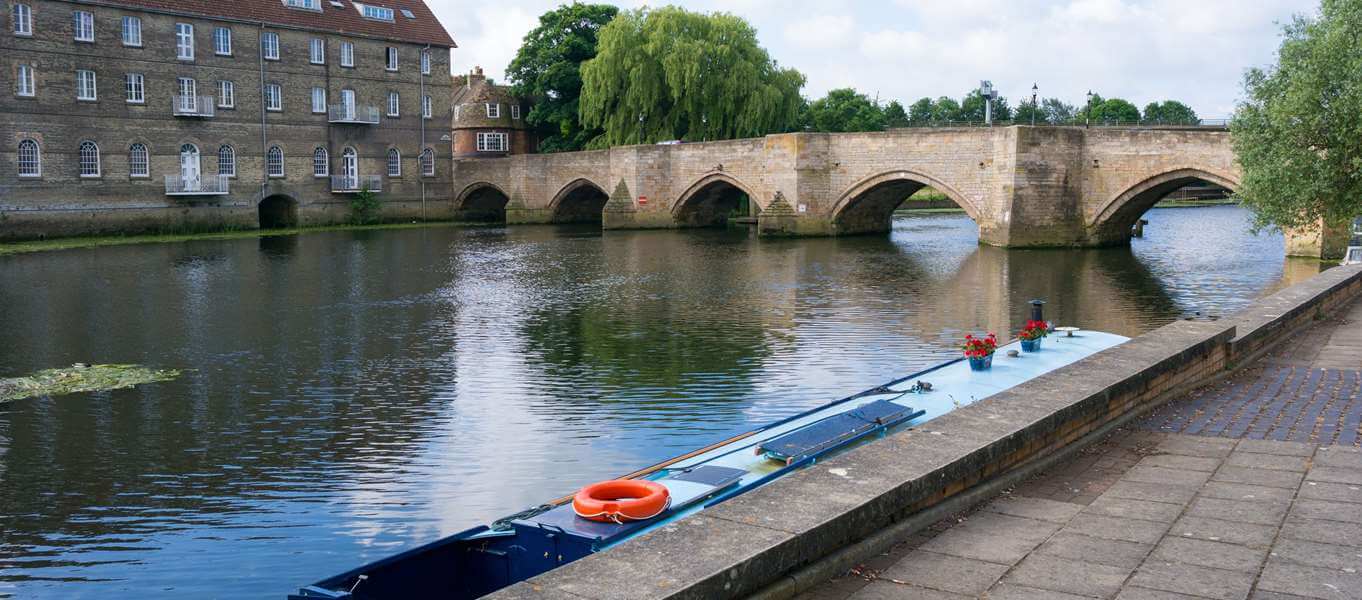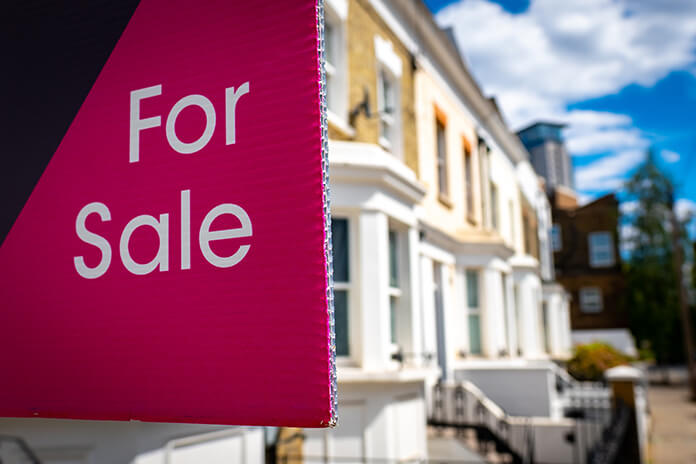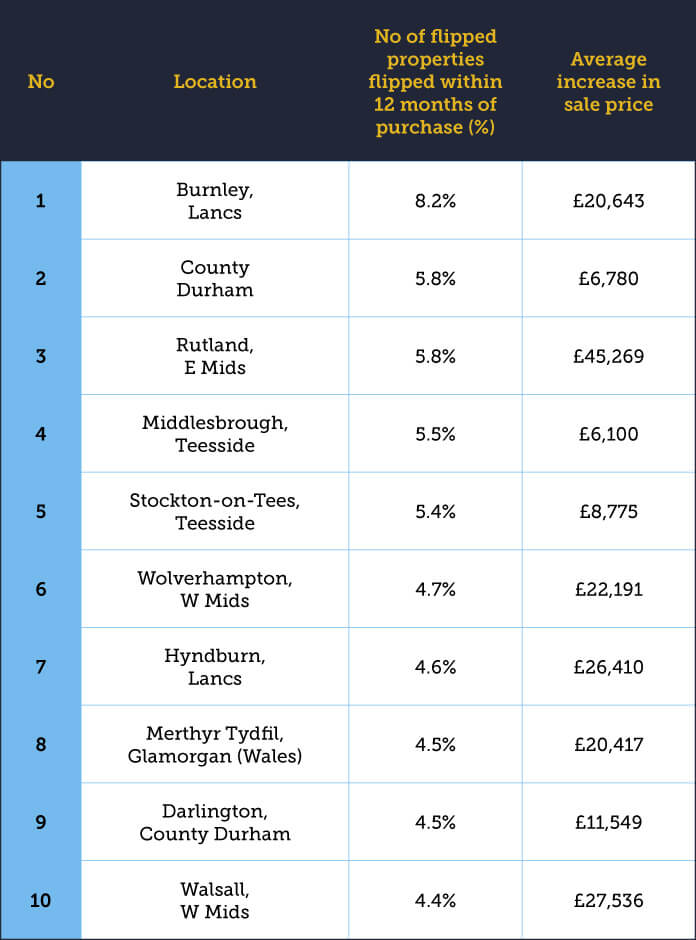Mortgage Approvals ‘Up’ as Market Ploughs Forward
As predicted the number of mortgages increased in April as would-be buyers rushed to take advantage of the Stamp Duty Extension.
Figures from the Bank of England’s latest quarterly report show that mortgage approvals increased to 86,900 (from 83,400 in March). It’s the first monthly increase in five months. In November 2020 lenders approved a huge 103,000 mortgages as buyers rushed to beat the original March deadline for the stamp duty holiday. The current extension is due to end on June 30 when the tax-free sum will fall to £250,000.
The April mortgage figures are around 20,000 approvals higher than the pre-pandemic period in March and April 2020. Nothing is expected to change, until the end of the year at least, thanks to the better than expected economic recovery for the UK, together with continued low interest rates.
Average mortgage 12.3% higher
In terms of value, the average mortgage approval in April this year was for £232,400. That is a 12.3% increase on last April’s figure of £206,900.
The Bank of England also reported that households continued to pay off overdrafts and credit card debt – although to a lesser degree than before now that lockdown was easing and restaurants and shops reopening.
Home owners are propelling the market
Data also shows that for the first time it’s people with equity who are propelling the market. There were 82% more second and third time buyers this time round than in the previous quarter in 2020. The mortgage completion figure for first time buyers has risen by 31% over the same period.
Banking industry group UK Finance said this reversed the pattern of the past decade when there were more first-time buyers with mortgage approvals.
The impetus has been the desire for property with more space and gardens – something that second and third time buyers could afford, thanks to the growth in value of their existing properties.
“The ongoing health crisis has brought with it a need for space during lockdowns which existing homeowners, supported by over a decade now of uninterrupted price growth increasing their housing equity stakes, have been well placed to respond to,” explained a spokesman for UK Finance.
South of England owners have most equity
The south of England – where house values have risen most in the UK over the past decade – had the highest number of home movers. In the south east the number of home mover mortgages increased by 110% during the first quarter year-on-year. In East Anglia the figure had increased by 91% and in London by 85%.
Around 60% of borrowers own at least half of their home, with 50% home owners in the South east owning £250,000 of equity. In London around 20% of home owners have equity valued at in excess of £500,000.
Figures also show that homeowners have been intent on moving further afield too. This corresponds with the desire to move to bigger properties in greener areas. If the working from home trend continues, then property analysts believe there will be a ‘broadening out’ of property values across the whole of the UK.





